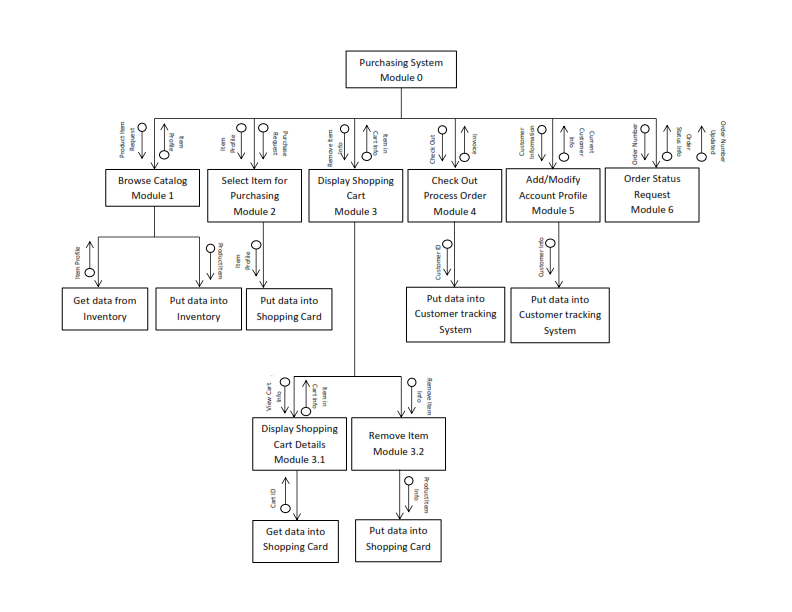
Part 3 : Information Gathering
Learning objectives :- Recognize the value of unobtrusive methods for information gathering.
- Understand the concept of sampling for human information requirements analysis.
- Construct useful samples of people, documents, and events for determining human information requirements.
- Create an analyst’s playscript to observe decision-maker activities.
- Apply the STROBE technique to observe and interpret the decision-maker’s environment.
- Insufficient when used alone
- Multiple methods approach
- Used in conjunction with interactive methods
Sampling :
- A process of systematically selecting representative elements of a population
- Involves two key decisions:
- What to examine
- Which people to consider






















































